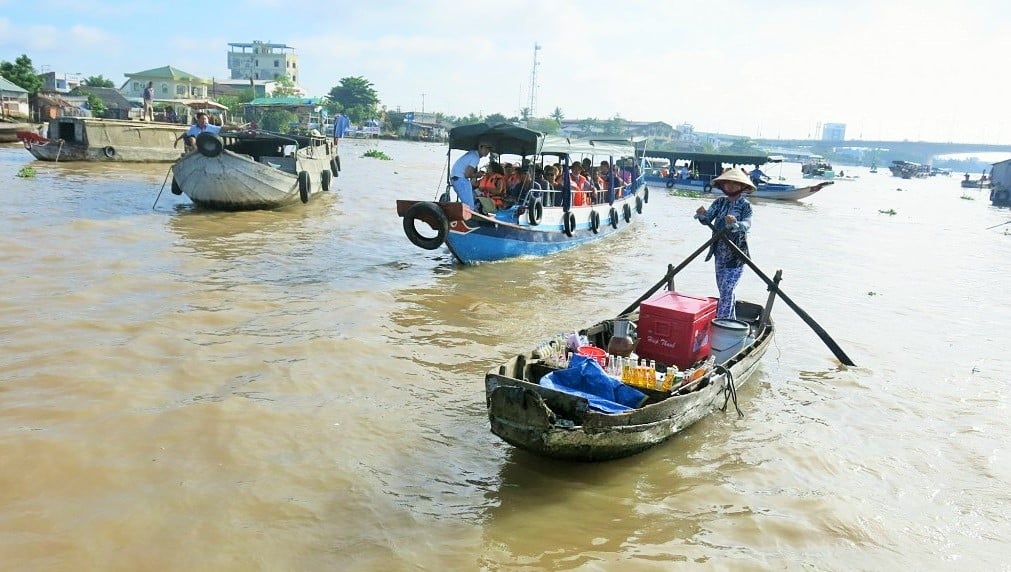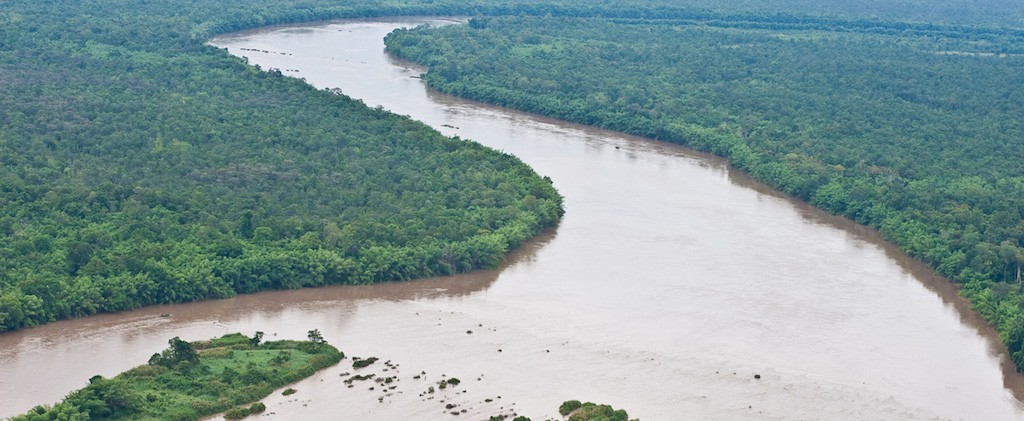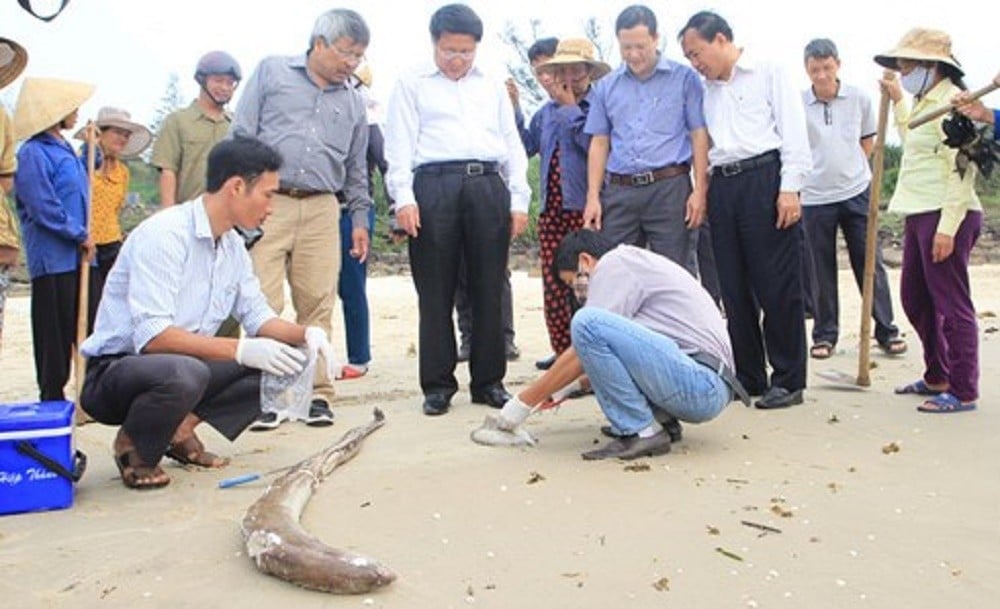A major new study warns that a planned cascade of hydropower dams along the Mekong River could cause “very high adverse effects on some of the key sectors and environmental resources in Cambodia and Vietnam.”
Vietnam’s Ministry of Natural Resources and Environment has just publicly released “Study on the Impacts of Mainstream Hydropower on the Mekong River”, also known as the “Delta Study.” The study used models to simulate various dam construction scenarios. And the results raise alarm bells for the over 60 million people who rely on the Mekong Delta for their livelihoods.
There are at least 11 planned dams for the mainstem of the lower mainstream of the Mekong River. Cambodia, Laos, Thailand, Vietnam are all poised to host new dams on the Mekong or other rivers. And all four will, “potentially have substantial and wide‐ranging environmental and socio‐economic effects,” of mainstem dams, according to the study. But the researchers are particularly worried about Vietnam and Cambodia.

Locations of proposed Lower Mekong Basin hydropower dams (Source: Delta Study)
The key concerns relate to potential severe loss in fisheries and biodiversity in Vietnam, as well as increased salinity, which can lead to major crop loss, potentially harming millions of farmers’ livelihoods. The study also warns of impacts on Cambodia’s fisheries, which are predicted to suffer significantly.
The 60 million people who depend on The Mekong River basin for their livelihood have been lucky to live near the world’s richest inland fishery, with about one-fifth of the world’s inland catch. That’s more than South America’s mighty Amazon. The Mekong is home to more than 1,000 different fish species, according to the World Wildlife Fund.
The Delta area in Vietnam and neighboring Cambodia are rich and fertile, accounting for more than 60% of Vietnam’s fish catch, but also half of Vietnam’s rice production – and 90% of its rice exports. The region is home to nearly 20 million people and contributes more than a quarter of Vietnam’s GDP.
The report warns of several adverse impacts if the cascade of dams move forward:
• Sediment and nutrient deposits would decrease as much as 65% in parts of Cambodia and Vietnam, potentially causing a substantial decline in fish populations, reduction in agricultural production, increase in erosion, and a decrease in the rate of buildup of important riverside land formations.
• Salinity intrusion increasing in some coastal areas, potentially causing severe harm to agricultural production.
• The travel routes of several fish species would be completely obstructed, causing those fish populations to be reduced to insignificant amounts or wiped out completely.
• The severe decrease in fish populations would harm “food security, livelihood, social well-being, and economic status of large segments of the population in the Cambodian floodplains and the Mekong River Delta”
• Potential global extinction of up to 10% of fish species in the region, and total loss of the threatened Irrawaddy Dolphin from the river.
• Water safety and navigation threats for vessels plying the Mekong River, as waterflow adjustments from upstream dams impact the levels, velocity and flow directions of river waters.
• Stripping of nutrients from some agricultural areas.
• Income loss of up to 50% for many communities due to loss of farming and fishing income.
• Large hits to Vietnamese and Cambodian economies, possibly over $1.2B (USD) annually, in lost fishing and farming revenues.
All these potential risks could be amplified by the impacts of global climate change. The Mekong Delta has been named as one of the three most vulnerable deltas on the planet by the world’s climate scientists. Climate change is believed to have worsened recent devastating drought conditions in the Mekong Delta.
The authors of the study believe their findings are cautious and point out in the report that “it is likely that the actual impacts may well be higher than projected because of varying levels of uncertainty associated with the data and method, the cumulative effects of other natural phenomenon (climate change, sea level rise), on-going changes in the LMB (land subsidence, deforestation, etc.).”
The study was commissioned by Vietnam’s Ministry of Natural Resources and Environment and conducted by Denmark’s DHI Group together with Vietnamese researchers. Researchers have been delivering previews of findings for months at research seminars and regional fora, but a final version of the study has just been released to the public.
While the study has been eagerly anticipated, it has also been criticized for focusing mostly on technical issues and not including enough local voices and community participation in the research.
The Mekong River Commission – a regional inter-governmental institute tasked with managing shared water resources – has promised to review the results.
The Final Project Report of the “Study on the Impacts of Mainstream Hydropower on the Mekong River” can be downloaded here.
For regional news and resources on the costs and benefits of hydropower, visit The Mekong Eye’s Dams section
For interactive maps, visit Open Development Mekong’s StoryMap: the Lower Mekong River’s major dam projects
Lead image: Vessels on the Mekong River in Vietnam’s threatened Mekong Delta region. Source: The Mekong Eye





